【Block总结】动态蛇形卷积,专注于细长和弯曲的局部结构|即插即用
论文信息
标题: Dynamic Snake Convolution based on Topological Geometric Constraints for Tubular Structure Segmentation
作者: 戚耀磊、何宇霆、戚晓明、张媛、杨冠羽
会议: 2023 IEEE/CVF International Conference on Computer Vision (ICCV)
发表时间: 2023年10月
论文链接: arXiv:2307.08388
关键词: 动态蛇形卷积、拓扑几何约束、管状结构分割

创新点
该论文提出了一种新的动态蛇形卷积(Dynamic Snake Convolution, DSCNet)方法,主要创新点包括:
-
动态蛇形卷积(DSConv): 通过自适应聚焦细长和曲折的局部结构,增强对管状特征的捕捉能力。
-
多视角特征融合策略: 结合来自不同视角的信息,确保在特征融合过程中保留重要的全局形态信息。
-
拓扑连续性约束损失函数(TCLoss): 基于持久同调的方法,增强分割结果的拓扑连续性。
方法
论文的方法主要分为三个阶段:
-
特征提取: 采用动态蛇形卷积,专注于细长和弯曲的局部结构,以准确捕捉管状特征。
-
特征融合: 通过多视角特征融合策略,整合来自不同视角的信息,确保在特征融合过程中保留重要的细节。
-
损失约束: 引入拓扑连续性约束损失函数,以确保分割结果的拓扑结构连续性。

动态蛇形卷积
一、原理
动态蛇形卷积(Dynamic Snake Convolution, DSC)是一种新型的卷积操作,旨在提高对细长和复杂管状结构(如血管和道路)的特征提取能力。其设计灵感来源于生物医学中的“活性轮廓”模型,特别适用于处理具有复杂几何形状和拓扑结构的图像。
-
自适应卷积核: 动态蛇形卷积通过引入变形偏移(deformation offsets),使卷积核能够根据输入数据的特征动态调整其形状和大小。这种灵活性使得卷积核能够更好地聚焦于细长和曲折的局部结构。
-
连续性约束: 为了避免卷积核在处理细长结构时偏离目标,DSC引入了连续性约束。每个卷积位置的选择依赖于前一个位置,确保卷积核的运动是连续的,类似于蛇的移动方式。这种设计可以有效捕捉细小的结构特征,减少分割结果中的断裂现象。
二、结构
动态蛇形卷积的结构主要包括以下几个部分:
-
卷积核设计: DSC的卷积核不是固定的,而是根据输入数据的特征动态调整。以一个标准的3x3卷积核为例,卷积核的每个位置可以通过变形偏移来改变其位置,从而更好地适应目标的几何特征。
- 对于每个卷积核位置 ( K ),其位置可以表示为:
K i ± c = ( x i ± c , y i + Σ i i ± c Δ y ) K_{i \pm c} = (x_i \pm c, y_i + \Sigma_{i}^{i \pm c} \Delta y) Ki±c=(xi±c,yi+Σii±cΔy)
其中,( c ) 表示距离中心网格的水平距离, ( Δ y ) ( \Delta y ) (Δy) 是动态调整的偏移量。
- 对于每个卷积核位置 ( K ),其位置可以表示为:
-
特征提取与融合: DSC在特征提取阶段,通过动态卷积核自适应地聚焦于细长和曲折的局部结构,确保捕捉到管状结构的关键特征。在特征融合阶段,DSC结合来自不同视角的信息,增强对全局形态的理解。
-
损失约束: DSC还引入了基于持久同调的拓扑连续性约束损失函数,以确保分割结果的拓扑结构连续性。这一约束有助于提高分割的准确性和一致性。
动态蛇形卷积通过自适应的卷积核设计和连续性约束,显著提高了对细长和复杂管状结构的特征提取能力。其灵活性和适应性使其在医学图像处理和道路检测等领域具有广泛的应用前景。
效果
实验结果表明,DSCNet在管状结构分割任务上表现出色,尤其是在处理细小脆弱的局部结构和复杂多变的全局形态时,能够提供更好的准确性和连续性。
实验结果
在多个数据集上的实验结果显示,DSCNet相较于多种现有方法,提供了更高的分割准确性和更好的拓扑连续性。具体实验结果包括:
-
DRIVE视网膜数据集:
- Dice: 82.06%
- ACC: 96.87%
-
马萨诸塞州道路数据集(ROADS):
- Dice: 78.21%
-
3D心脏CCTA数据集:
- Dice提升: 1.31%
这些结果表明,DSCNet在捕捉细小管状结构的关键特征方面表现良好,具有重要的临床应用价值。
总结
该论文提出的动态蛇形卷积方法为管状结构的分割提供了一种新的思路,结合了动态卷积和拓扑几何约束,能够有效应对细长和复杂形态的挑战。通过多视角特征融合和拓扑连续性约束,DSCNet在准确性和连续性上均取得了显著的进展,为相关领域的研究提供了重要的参考和启示。
代码
# -*- coding: utf-8 -*-
import os
import torch
from torch import nn
import einops"""Dynamic Snake Convolution Module"""class DSConv_pro(nn.Module):def __init__(self,in_channels: int = 1,out_channels: int = 1,kernel_size: int = 9,extend_scope: float = 1.0,morph: int = 0,if_offset: bool = True,device: str | torch.device = "cuda",):"""A Dynamic Snake Convolution ImplementationBased on:TODOArgs:in_ch: number of input channels. Defaults to 1.out_ch: number of output channels. Defaults to 1.kernel_size: the size of kernel. Defaults to 9.extend_scope: the range to expand. Defaults to 1 for this method.morph: the morphology of the convolution kernel is mainly divided into two types along the x-axis (0) and the y-axis (1) (see the paper for details).if_offset: whether deformation is required, if it is False, it is the standard convolution kernel. Defaults to True."""super().__init__()if morph not in (0, 1):raise ValueError("morph should be 0 or 1.")self.kernel_size = kernel_sizeself.extend_scope = extend_scopeself.morph = morphself.if_offset = if_offsetself.device = torch.device(device)self.to(device)# self.bn = nn.BatchNorm2d(2 * kernel_size)self.gn_offset = nn.GroupNorm(kernel_size, 2 * kernel_size)self.gn = nn.GroupNorm(out_channels // 4, out_channels)self.relu = nn.ReLU(inplace=True)self.tanh = nn.Tanh()self.offset_conv = nn.Conv2d(in_channels, 2 * kernel_size, 3, padding=1)self.dsc_conv_x = nn.Conv2d(in_channels,out_channels,kernel_size=(kernel_size, 1),stride=(kernel_size, 1),padding=0,)self.dsc_conv_y = nn.Conv2d(in_channels,out_channels,kernel_size=(1, kernel_size),stride=(1, kernel_size),padding=0,)def forward(self, input: torch.Tensor):# Predict offset map between [-1, 1]offset = self.offset_conv(input)# offset = self.bn(offset)offset = self.gn_offset(offset)offset = self.tanh(offset)# Run deformative convy_coordinate_map, x_coordinate_map = get_coordinate_map_2D(offset=offset,morph=self.morph,extend_scope=self.extend_scope,device=self.device,)deformed_feature = get_interpolated_feature(input,y_coordinate_map,x_coordinate_map,)if self.morph == 0:output = self.dsc_conv_x(deformed_feature)elif self.morph == 1:output = self.dsc_conv_y(deformed_feature)# Groupnorm & ReLUoutput = self.gn(output)output = self.relu(output)return outputdef get_coordinate_map_2D(offset: torch.Tensor,morph: int,extend_scope: float = 1.0,device: str | torch.device = "cuda",
):"""Computing 2D coordinate map of DSCNet based on: TODOArgs:offset: offset predict by network with shape [B, 2*K, W, H]. Here K refers to kernel size.morph: the morphology of the convolution kernel is mainly divided into two types along the x-axis (0) and the y-axis (1) (see the paper for details).extend_scope: the range to expand. Defaults to 1 for this method.device: location of data. Defaults to 'cuda'.Return:y_coordinate_map: coordinate map along y-axis with shape [B, K_H * H, K_W * W]x_coordinate_map: coordinate map along x-axis with shape [B, K_H * H, K_W * W]"""if morph not in (0, 1):raise ValueError("morph should be 0 or 1.")batch_size, _, width, height = offset.shapekernel_size = offset.shape[1] // 2center = kernel_size // 2device = torch.device(device)y_offset_, x_offset_ = torch.split(offset, kernel_size, dim=1)y_center_ = torch.arange(0, width, dtype=torch.float32, device=device)y_center_ = einops.repeat(y_center_, "w -> k w h", k=kernel_size, h=height)x_center_ = torch.arange(0, height, dtype=torch.float32, device=device)x_center_ = einops.repeat(x_center_, "h -> k w h", k=kernel_size, w=width)if morph == 0:"""Initialize the kernel and flatten the kernely: only need 0x: -num_points//2 ~ num_points//2 (Determined by the kernel size)"""y_spread_ = torch.zeros([kernel_size], device=device)x_spread_ = torch.linspace(-center, center, kernel_size, device=device)y_grid_ = einops.repeat(y_spread_, "k -> k w h", w=width, h=height)x_grid_ = einops.repeat(x_spread_, "k -> k w h", w=width, h=height)y_new_ = y_center_ + y_grid_x_new_ = x_center_ + x_grid_y_new_ = einops.repeat(y_new_, "k w h -> b k w h", b=batch_size)x_new_ = einops.repeat(x_new_, "k w h -> b k w h", b=batch_size)y_offset_ = einops.rearrange(y_offset_, "b k w h -> k b w h")y_offset_new_ = y_offset_.detach().clone()# The center position remains unchanged and the rest of the positions begin to swing# This part is quite simple. The main idea is that "offset is an iterative process"y_offset_new_[center] = 0for index in range(1, center + 1):y_offset_new_[center + index] = (y_offset_new_[center + index - 1] + y_offset_[center + index])y_offset_new_[center - index] = (y_offset_new_[center - index + 1] + y_offset_[center - index])y_offset_new_ = einops.rearrange(y_offset_new_, "k b w h -> b k w h")y_new_ = y_new_.add(y_offset_new_.mul(extend_scope))y_coordinate_map = einops.rearrange(y_new_, "b k w h -> b (w k) h")x_coordinate_map = einops.rearrange(x_new_, "b k w h -> b (w k) h")elif morph == 1:"""Initialize the kernel and flatten the kernely: -num_points//2 ~ num_points//2 (Determined by the kernel size)x: only need 0"""y_spread_ = torch.linspace(-center, center, kernel_size, device=device)x_spread_ = torch.zeros([kernel_size], device=device)y_grid_ = einops.repeat(y_spread_, "k -> k w h", w=width, h=height)x_grid_ = einops.repeat(x_spread_, "k -> k w h", w=width, h=height)y_new_ = y_center_ + y_grid_x_new_ = x_center_ + x_grid_y_new_ = einops.repeat(y_new_, "k w h -> b k w h", b=batch_size)x_new_ = einops.repeat(x_new_, "k w h -> b k w h", b=batch_size)x_offset_ = einops.rearrange(x_offset_, "b k w h -> k b w h")x_offset_new_ = x_offset_.detach().clone()# The center position remains unchanged and the rest of the positions begin to swing# This part is quite simple. The main idea is that "offset is an iterative process"x_offset_new_[center] = 0for index in range(1, center + 1):x_offset_new_[center + index] = (x_offset_new_[center + index - 1] + x_offset_[center + index])x_offset_new_[center - index] = (x_offset_new_[center - index + 1] + x_offset_[center - index])x_offset_new_ = einops.rearrange(x_offset_new_, "k b w h -> b k w h")x_new_ = x_new_.add(x_offset_new_.mul(extend_scope))y_coordinate_map = einops.rearrange(y_new_, "b k w h -> b w (h k)")x_coordinate_map = einops.rearrange(x_new_, "b k w h -> b w (h k)")return y_coordinate_map, x_coordinate_mapdef get_interpolated_feature(input_feature: torch.Tensor,y_coordinate_map: torch.Tensor,x_coordinate_map: torch.Tensor,interpolate_mode: str = "bilinear",
):"""From coordinate map interpolate feature of DSCNet based on: TODOArgs:input_feature: feature that to be interpolated with shape [B, C, H, W]y_coordinate_map: coordinate map along y-axis with shape [B, K_H * H, K_W * W]x_coordinate_map: coordinate map along x-axis with shape [B, K_H * H, K_W * W]interpolate_mode: the arg 'mode' of nn.functional.grid_sample, can be 'bilinear' or 'bicubic' . Defaults to 'bilinear'.Return:interpolated_feature: interpolated feature with shape [B, C, K_H * H, K_W * W]"""if interpolate_mode not in ("bilinear", "bicubic"):raise ValueError("interpolate_mode should be 'bilinear' or 'bicubic'.")y_max = input_feature.shape[-2] - 1x_max = input_feature.shape[-1] - 1y_coordinate_map_ = _coordinate_map_scaling(y_coordinate_map, origin=[0, y_max])x_coordinate_map_ = _coordinate_map_scaling(x_coordinate_map, origin=[0, x_max])y_coordinate_map_ = torch.unsqueeze(y_coordinate_map_, dim=-1)x_coordinate_map_ = torch.unsqueeze(x_coordinate_map_, dim=-1)# Note here grid with shape [B, H, W, 2]# Where [:, :, :, 2] refers to [x ,y]grid = torch.cat([x_coordinate_map_, y_coordinate_map_], dim=-1)interpolated_feature = nn.functional.grid_sample(input=input_feature,grid=grid,mode=interpolate_mode,padding_mode="zeros",align_corners=True,)return interpolated_featuredef _coordinate_map_scaling(coordinate_map: torch.Tensor,origin: list,target: list = [-1, 1],
):"""Map the value of coordinate_map from origin=[min, max] to target=[a,b] for DSCNet based on: TODOArgs:coordinate_map: the coordinate map to be scaledorigin: original value range of coordinate map, e.g. [coordinate_map.min(), coordinate_map.max()]target: target value range of coordinate map,Defaults to [-1, 1]Return:coordinate_map_scaled: the coordinate map after scaling"""min, max = origina, b = targetcoordinate_map_scaled = torch.clamp(coordinate_map, min, max)scale_factor = (b - a) / (max - min)coordinate_map_scaled = a + scale_factor * (coordinate_map_scaled - min)return coordinate_map_scaledif __name__ == "__main__":# 如果GPU可用,将模块移动到 GPUdevice = torch.device("cuda" if torch.cuda.is_available() else "cpu")# 输入张量 (batch_size, height, width,channels)x = torch.randn(1,32,40,40).to(device)# 初始化 HWD 模块dim=32block = DSConv_pro(32,32,7)print(block)block = block.to(device)# 前向传播output = block(x)print("输入:", x.shape)print("输出:", output.shape)
输出结果:
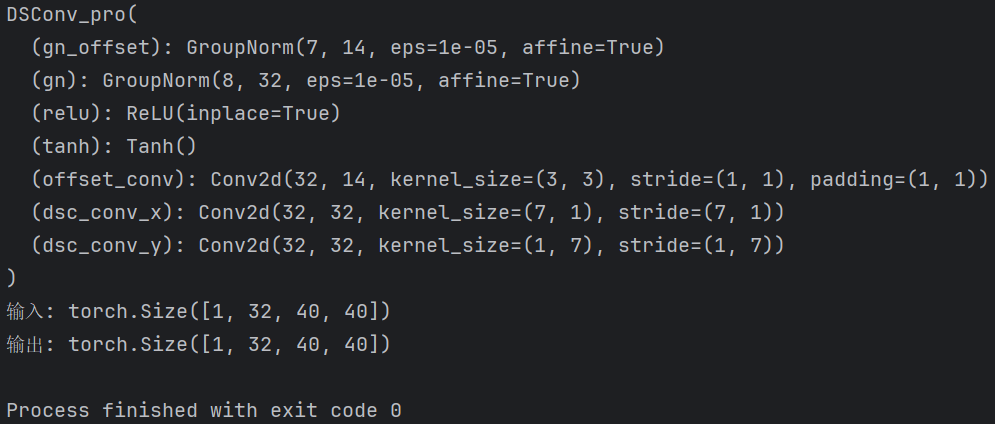
相关文章:

【Block总结】动态蛇形卷积,专注于细长和弯曲的局部结构|即插即用
论文信息 标题: Dynamic Snake Convolution based on Topological Geometric Constraints for Tubular Structure Segmentation 作者: 戚耀磊、何宇霆、戚晓明、张媛、杨冠羽 会议: 2023 IEEE/CVF International Conference on Computer Vision (ICCV) 发表时间: 2023年10月…...

Spring MVC 框架:构建高效 Java Web 应用的利器
Java学习资料 Java学习资料 Java学习资料 一、引言 在 Java Web 开发领域,Spring MVC 框架是一颗耀眼的明星。它作为 Spring 框架家族的重要成员,为开发者提供了一套强大而灵活的解决方案,用于构建 Web 应用程序。Spring MVC 遵循模型 - 视…...
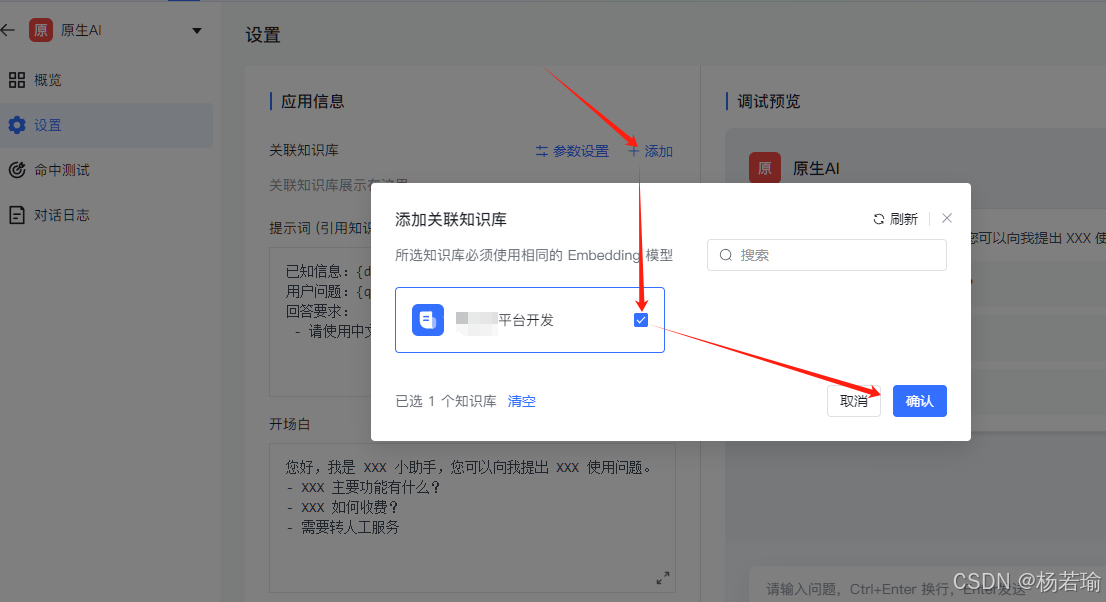
新鲜速递:DeepSeek-R1开源大模型本地部署实战—Ollama + MaxKB 搭建RAG检索增强生成应用
在AI技术快速发展的今天,开源大模型的本地化部署正在成为开发者们的热门实践方向。最火的莫过于吊打OpenAI过亿成本的纯国产DeepSeek开源大模型,就在刚刚,凭一己之力让英伟达大跌18%,纳斯达克大跌3.7%,足足是给中国AI产…...
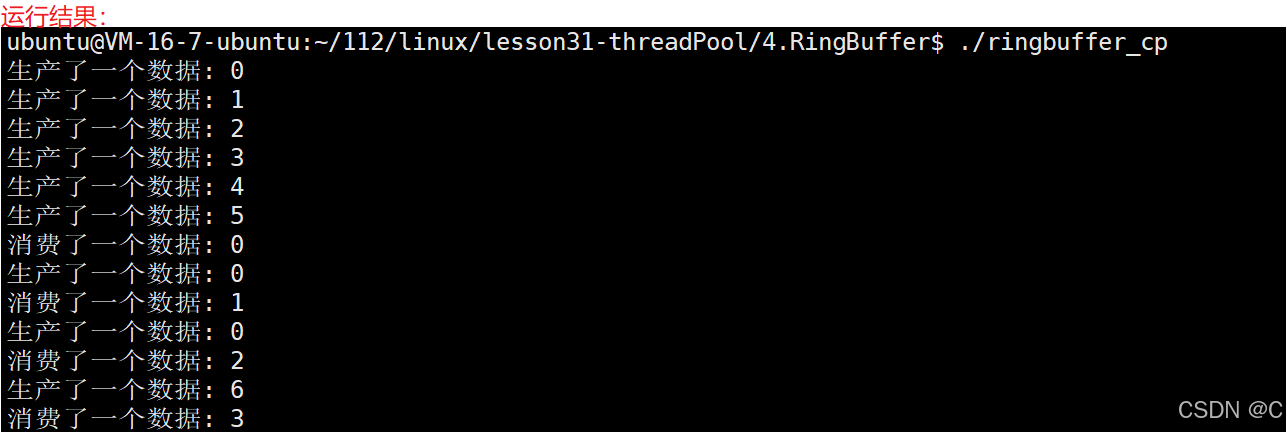
Linux_线程同步生产者消费者模型
同步的相关概念 同步:在保证数据安全的前提下,让线程能够按照某种特定的顺序访问临界资源,从而有效避免饥饿问题,叫做同步竞态条件:因为时序问题,而导致程序异常,我们称之为竞态条件。 同步的…...
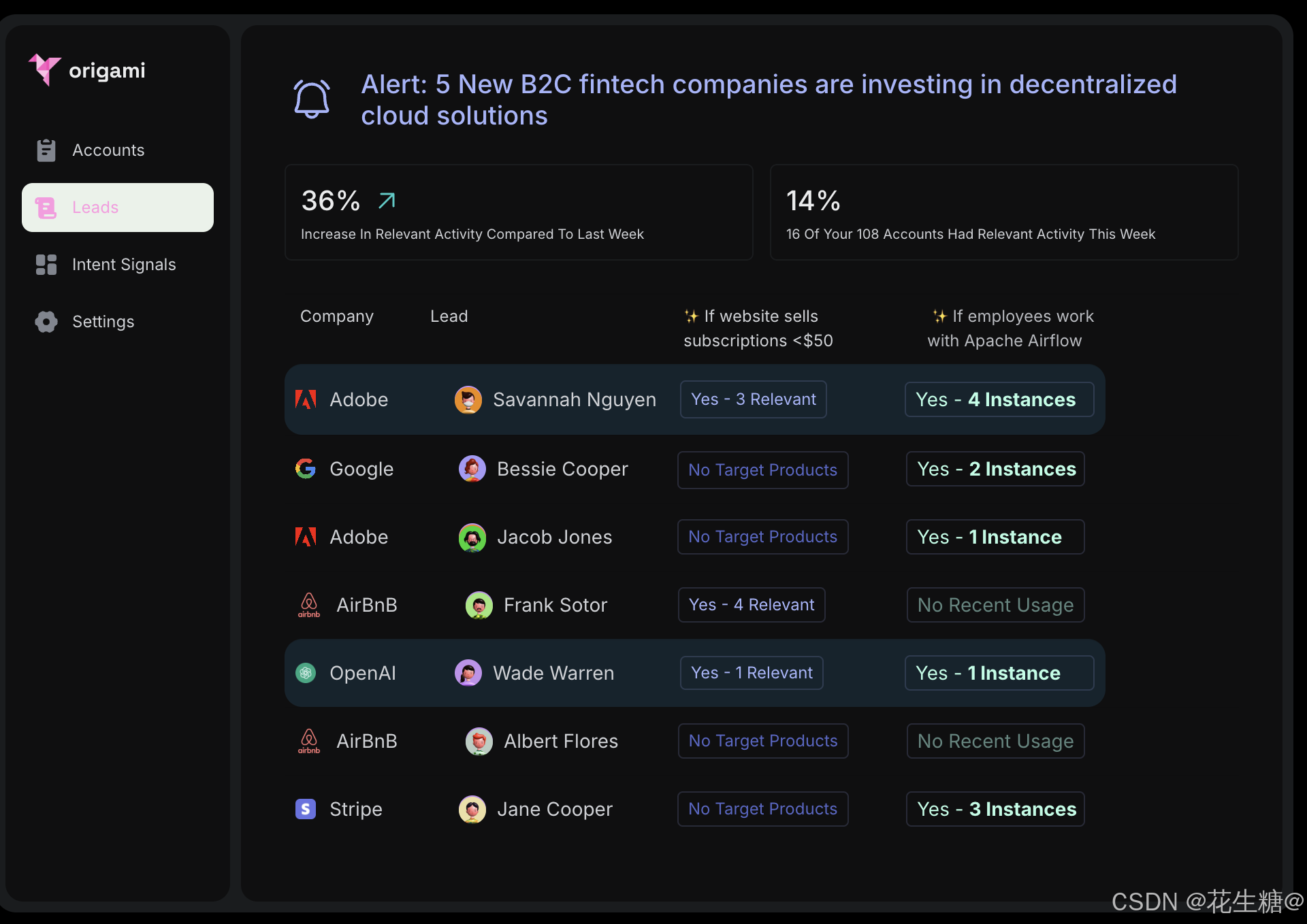
Origami Agents:通过AI驱动的研究工具提升B2B销售效率
在当今竞争激烈的商业环境中,B2B销售团队面临着巨大的挑战,如何高效地发现潜在客户并进行精准的外展活动成为关键。Origami Agents通过其创新的AI驱动研究工具,正在彻底改变这一过程。本文将深入探讨Origami Agents的产品特性、技术架构以及其快速增长背后的成功因素。 一、…...

linux的/proc 和 /sys目录差异
/proc 和 /sys 都是Linux系统中用于提供系统信息和进行系统配置的虚拟文件系统,但它们的原理并不完全一样,以下是具体分析: 目的与功能 /proc :主要用于提供系统进程相关信息以及内核运行时的一些参数等,可让用户和程…...

AIGC时代的Vue或React前端开发
在AIGC(人工智能生成内容)时代,Vue开发正经历着深刻的变革。以下是对AIGC时代Vue开发的详细分析: 一、AIGC技术对Vue开发的影响 代码生成与自动化 AIGC技术使得开发者能够借助智能工具快速生成和优化Vue代码。例如,通…...

代码随想录算法训练营第三十九天-动态规划-337. 打家劫舍 III
老师讲这是树形dp的入门题目解题思路是以二叉树的遍历(递归三部曲)再结合动规五部曲dp数组如何定义:只需要定义一个二个元素的数组,dp[0]与dp[1] dp[0]表示不偷当前节点的最大价值dp[1]表示偷当前节点后的最大价值这样可以把每个节…...
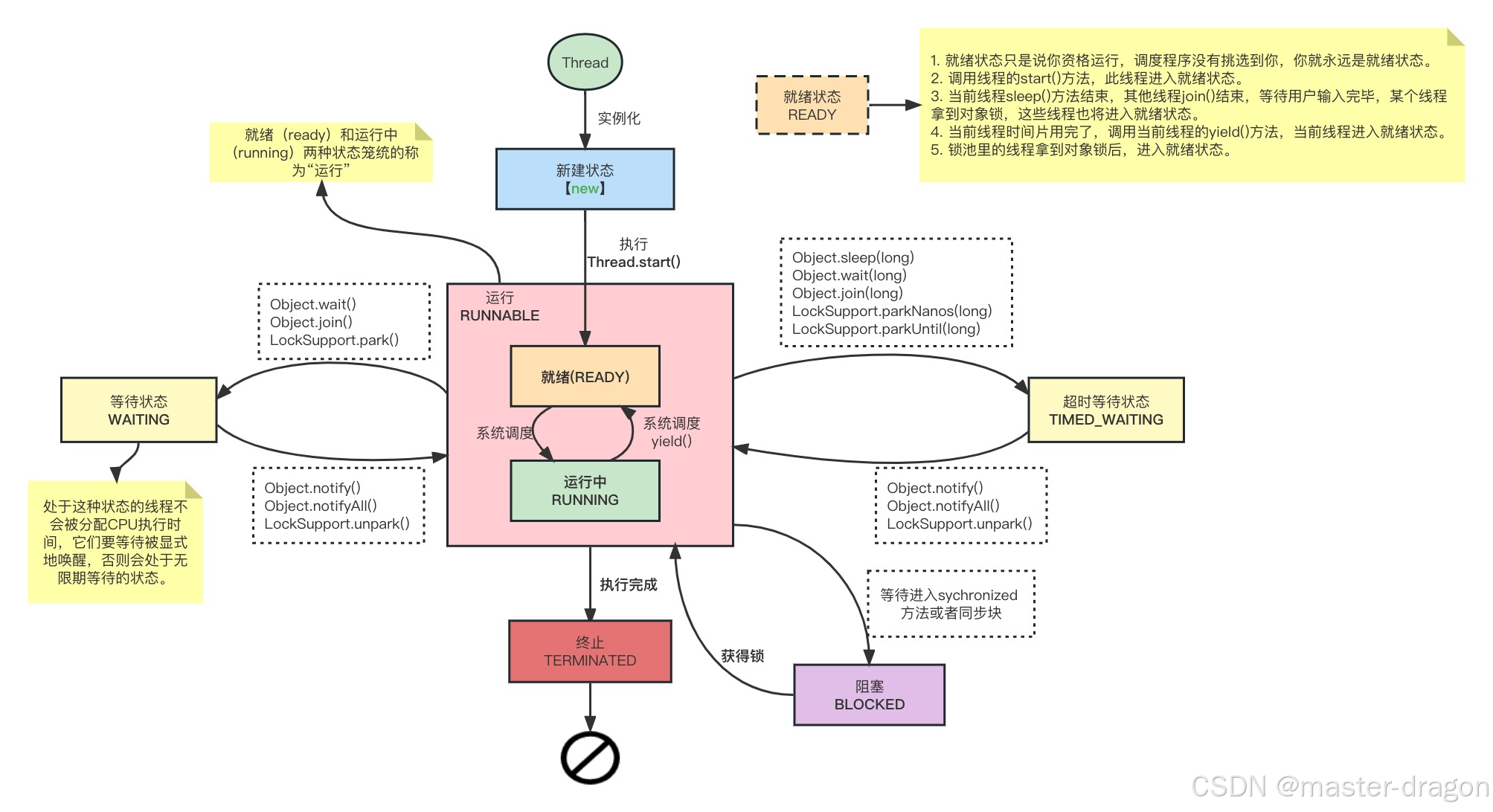
Java线程认识和Object的一些方法
专栏系列文章地址:https://blog.csdn.net/qq_26437925/article/details/145290162 本文目标: 要对Java线程有整体了解,深入认识到里面的一些方法和Object对象方法的区别。认识到Java对象的ObjectMonitor,这有助于后面的Synchron…...
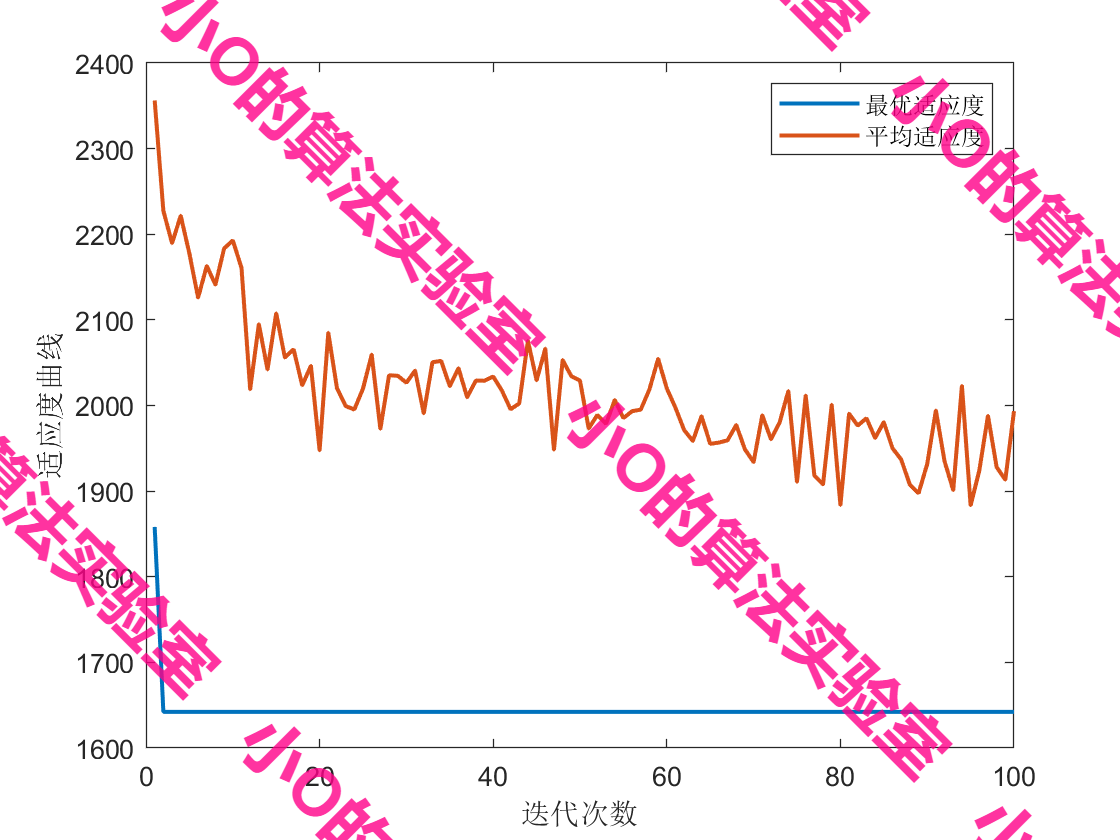
【算法应用】基于A*-蚁群算法求解无人机城市多任务点配送路径问题
目录 1.A星算法原理2.蚁群算法原理3.结果展示4.代码获取 1.A星算法原理 A*算法是一种基于图搜索的智能启发式算法,它具有高稳定性和高节点搜索效率。主要原理为:以起点作为初始节点,将其加入开放列表。从开放列表中选择具有最小总代价值 f (…...

电梯系统的UML文档14
对于 HallButtonControl,我们有二个状态: "门厅灯开 " 和 " 门厅灯关"。 从给出的初始信息,初始的状态应该是"门厅灯关"。行为定义: " 当 HallCall[f,d]是真,则指令 HallLight[f&…...
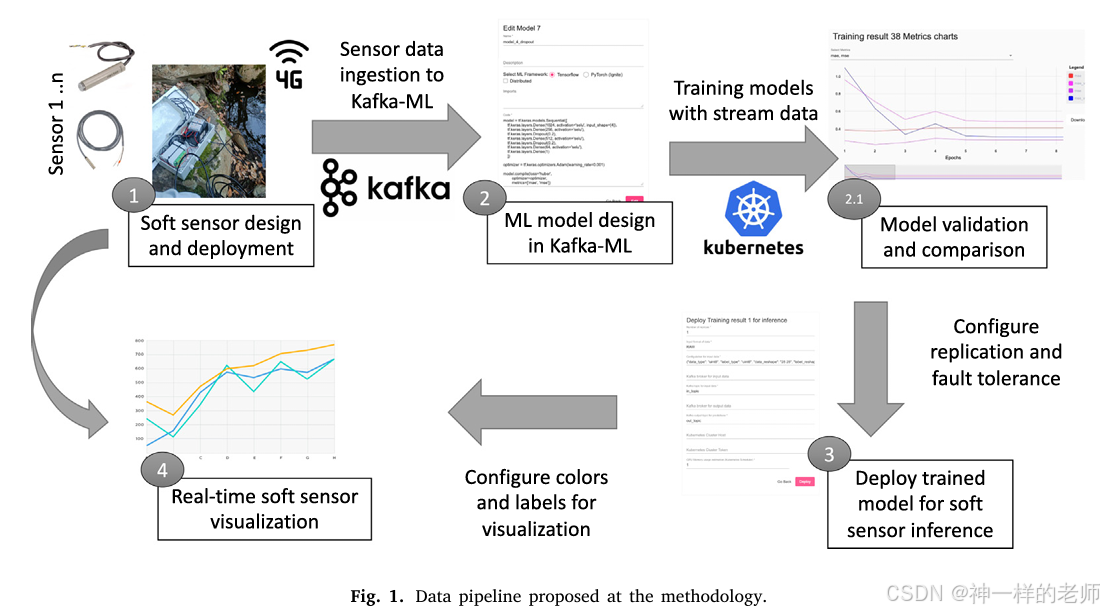
一种用于低成本水质监测的软传感器开源方法:以硝酸盐(NO3⁻)浓度为例
论文标题 A Soft Sensor Open-Source Methodology for Inexpensive Monitoring of Water Quality: A Case Study of NO3− Concentrations 作者信息 Antonio Jess Chaves, ITIS Software, University of Mlaga, 29071 Mlaga, Spain Cristian Martn, ITIS Software, Universi…...

[250130] VirtualBox 7.1.6 维护版本发布 | Anthropic API 推出全新引用功能
目录 VirtualBox 7.1.6 维护版本发布⚙️ 功能改进🛠️ Bug 修复 Anthropic API 推出全新引用功能,让 Claude 的回答更可信 VirtualBox 7.1.6 维护版本发布 VirtualBox 7.1.6 现已发布,这是一个维护版本,主要修复了一些错误并进行…...

JVM_类的加载、链接、初始化、卸载、主动使用、被动使用
①. 说说类加载分几步? ①. 按照Java虚拟机规范,从class文件到加载到内存中的类,到类卸载出内存为止,它的整个生命周期包括如下7个阶段: 第一过程的加载(loading)也称为装载验证、准备、解析3个部分统称为链接(Linking)在Java中数据类型分为基本数据类型和引用数据…...

2025最新版MySQL安装使用指南
2025最新版MySQL安装使用指南 The Installation and Usage Guide of the Latest Version of Oracle MySQL in 2025 By JacksonML 1. 获取MySQL 打开Chrome浏览器,访问官网链接:https://www.mysql.com/ ,随即打开MySQL官网主页面ÿ…...

MIMIC IV数据库中mimiciv_hosp的transfers表的careunit分析
以下是MIMIC IV数据库中mimiciv_hosp的transfers表的careunit的所有值,从医学专业角度分析,下面哪些科室会有实施心脏或神经手术? Cardiac Surgery Cardiac Vascular Intensive Care Unit (CVICU) Cardiology Cardiology Surgery Intermediat…...

AI学习指南HuggingFace篇-Hugging Face 的环境搭建
一、引言 Hugging Face作为自然语言处理(NLP)领域的强大工具,提供了丰富的预训练模型和数据集,极大地简化了开发流程。本文将详细介绍如何搭建适合Hugging Face开发的环境,包括Python环境配置、依赖安装以及推荐的开发工具,帮助读者准备好开发环境。 二、Python环境配置…...
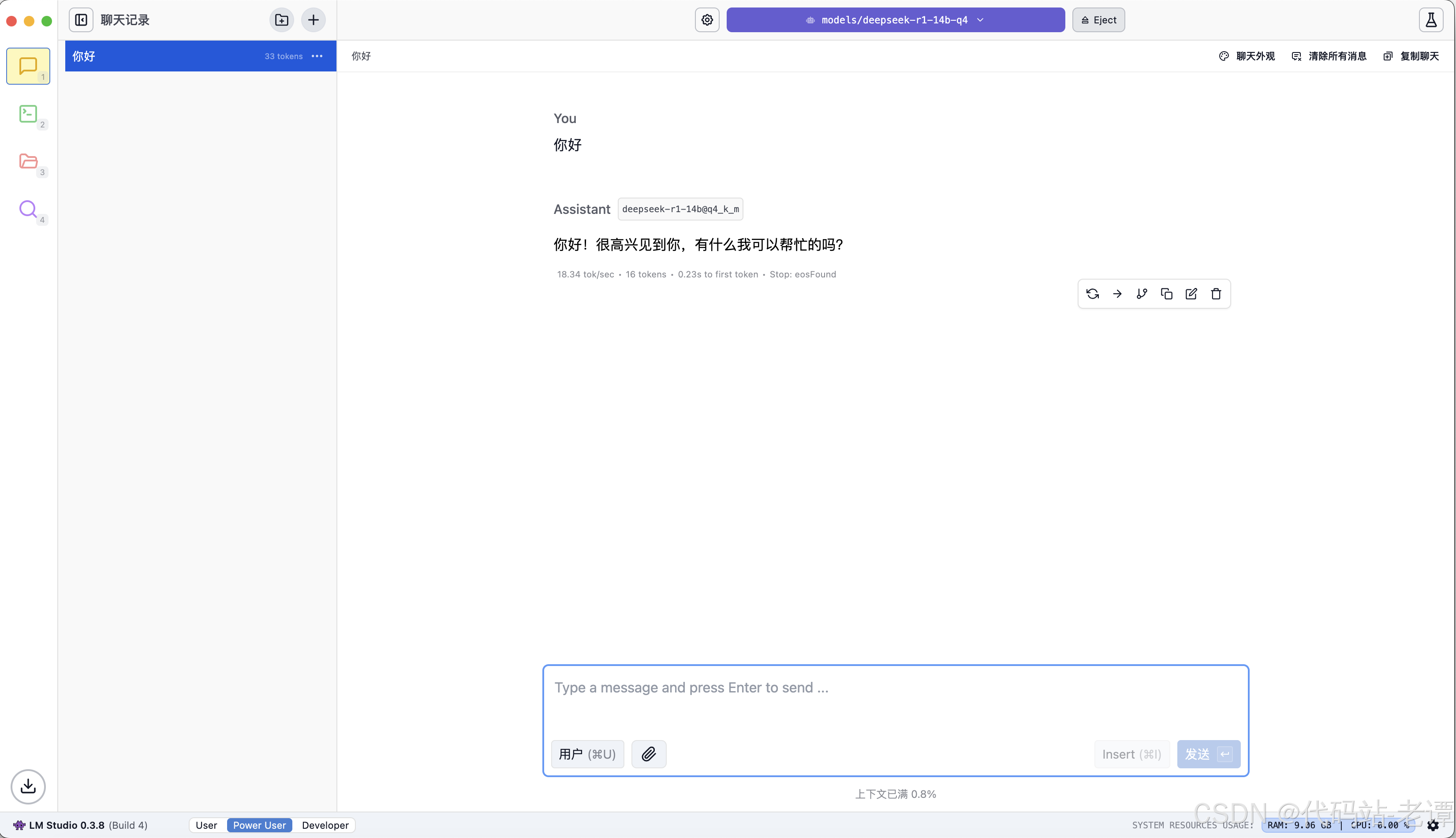
白嫖DeepSeek:一分钟完成本地部署AI
1. 必备软件 LM-Studio 大模型客户端DeepSeek-R1 模型文件 LM-Studio 是一个支持众多流行模型的AI客户端,DeepSeek是最新流行的堪比GPT-o1的开源AI大模型。 2. 下载软件和模型文件 2.1 下载LM-Studio 官方网址:https://lmstudio.ai 打开官网&#x…...
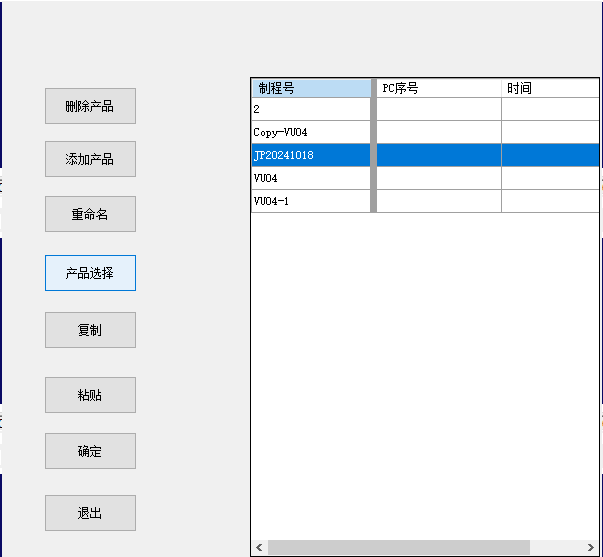
C# dataGridView1获取选中行的名字
在视觉项目中编写的框架需要能够选择产品或复制产品等方便后续换型,视觉调试仅需调试相机图像、调试视觉相关参数、标定,再试跑调试优化参数。 C# dataGridView1 鼠标点击某一行能够计算出是那一行 使用CellMouseClick事件 首先,在Form的构造…...
-【AI思考】-AI会不会考虑自己的需求?)
Day28(补)-【AI思考】-AI会不会考虑自己的需求?
文章目录 AI会不会考虑自己的需求?一、**技术本质:深度≠理解**二、**传播机制:热搜如何制造幻觉**三、**伦理考量:为何必须"撇清"**关键结论 AI会不会考虑自己的需求? 让思想碎片重焕生机的灵魂:…...

【杂谈】-递归进化:人工智能的自我改进与监管挑战
递归进化:人工智能的自我改进与监管挑战 文章目录 递归进化:人工智能的自我改进与监管挑战1、自我改进型人工智能的崛起2、人工智能如何挑战人类监管?3、确保人工智能受控的策略4、人类在人工智能发展中的角色5、平衡自主性与控制力6、总结与…...
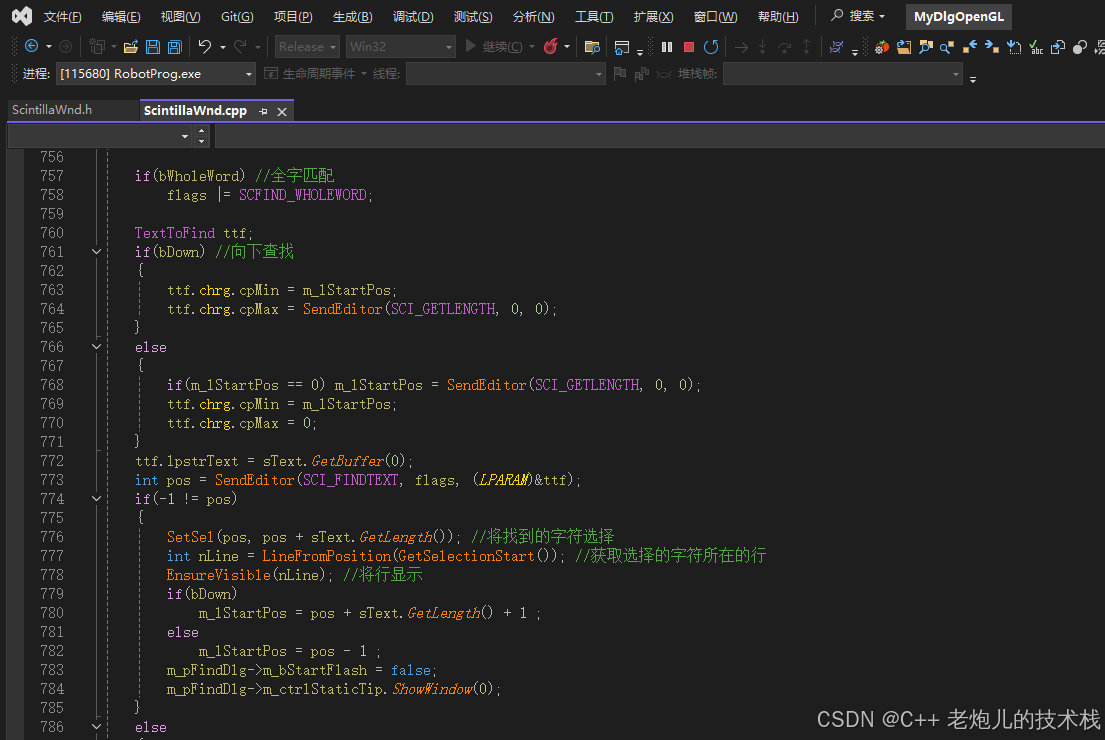
visual studio 2022更改主题为深色
visual studio 2022更改主题为深色 点击visual studio 上方的 工具-> 选项 在选项窗口中,选择 环境 -> 常规 ,将其中的颜色主题改成深色 点击确定,更改完成...
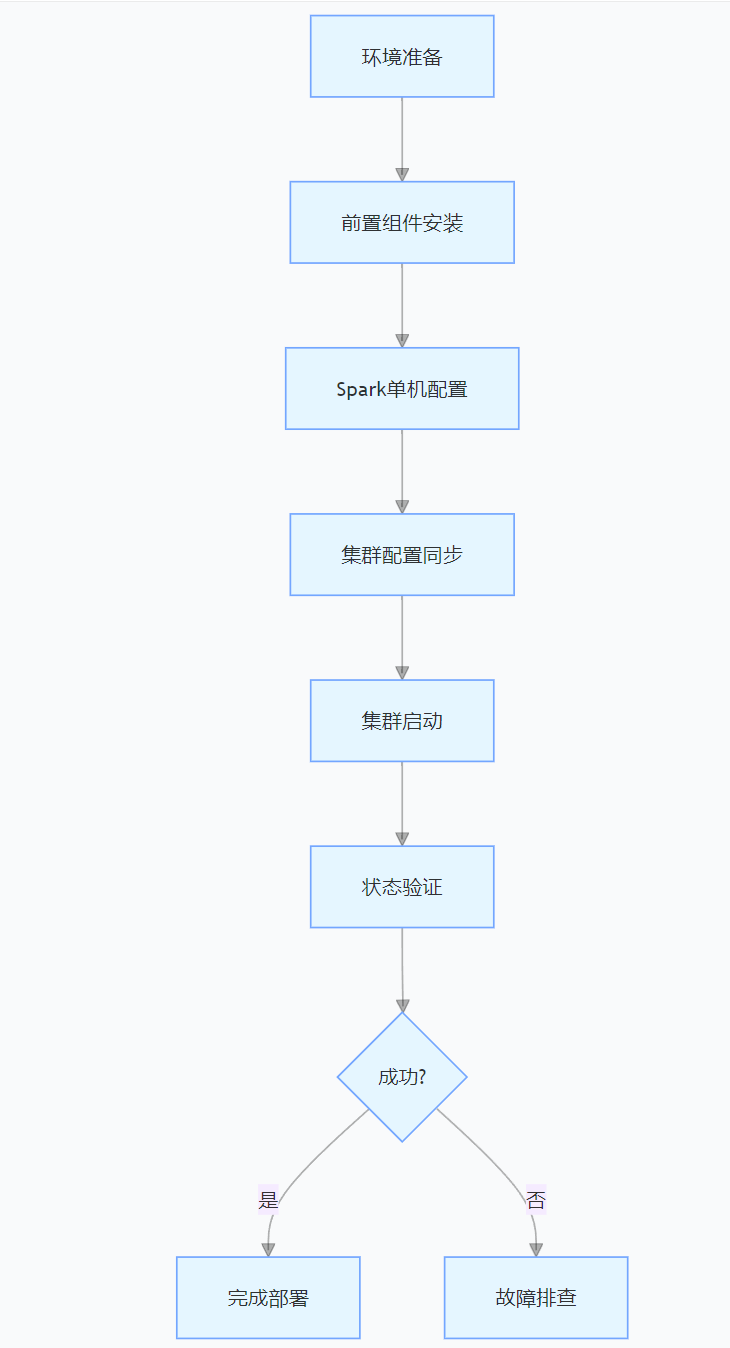
CentOS下的分布式内存计算Spark环境部署
一、Spark 核心架构与应用场景 1.1 分布式计算引擎的核心优势 Spark 是基于内存的分布式计算框架,相比 MapReduce 具有以下核心优势: 内存计算:数据可常驻内存,迭代计算性能提升 10-100 倍(文档段落:3-79…...

对WWDC 2025 Keynote 内容的预测
借助我们以往对苹果公司发展路径的深入研究经验,以及大语言模型的分析能力,我们系统梳理了多年来苹果 WWDC 主题演讲的规律。在 WWDC 2025 即将揭幕之际,我们让 ChatGPT 对今年的 Keynote 内容进行了一个初步预测,聊作存档。等到明…...
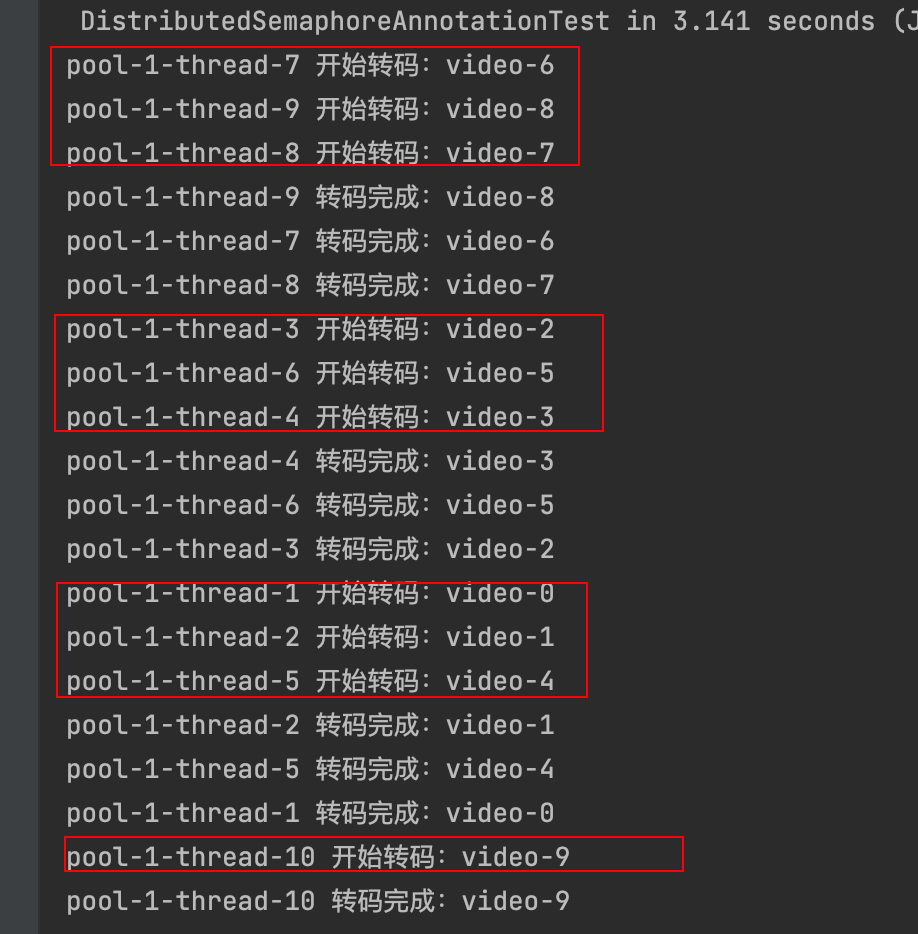
令牌桶 滑动窗口->限流 分布式信号量->限并发的原理 lua脚本分析介绍
文章目录 前言限流限制并发的实际理解限流令牌桶代码实现结果分析令牌桶lua的模拟实现原理总结: 滑动窗口代码实现结果分析lua脚本原理解析 限并发分布式信号量代码实现结果分析lua脚本实现原理 双注解去实现限流 并发结果分析: 实际业务去理解体会统一注…...
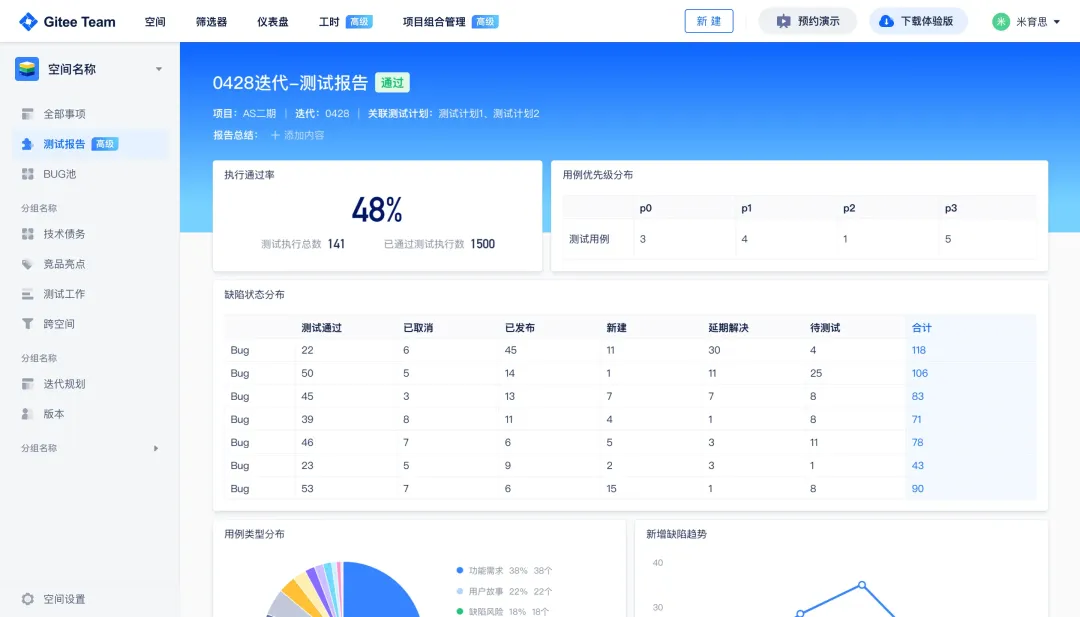
关键领域软件测试的突围之路:如何破解安全与效率的平衡难题
在数字化浪潮席卷全球的今天,软件系统已成为国家关键领域的核心战斗力。不同于普通商业软件,这些承载着国家安全使命的软件系统面临着前所未有的质量挑战——如何在确保绝对安全的前提下,实现高效测试与快速迭代?这一命题正考验着…...

ABAP设计模式之---“简单设计原则(Simple Design)”
“Simple Design”(简单设计)是软件开发中的一个重要理念,倡导以最简单的方式实现软件功能,以确保代码清晰易懂、易维护,并在项目需求变化时能够快速适应。 其核心目标是避免复杂和过度设计,遵循“让事情保…...
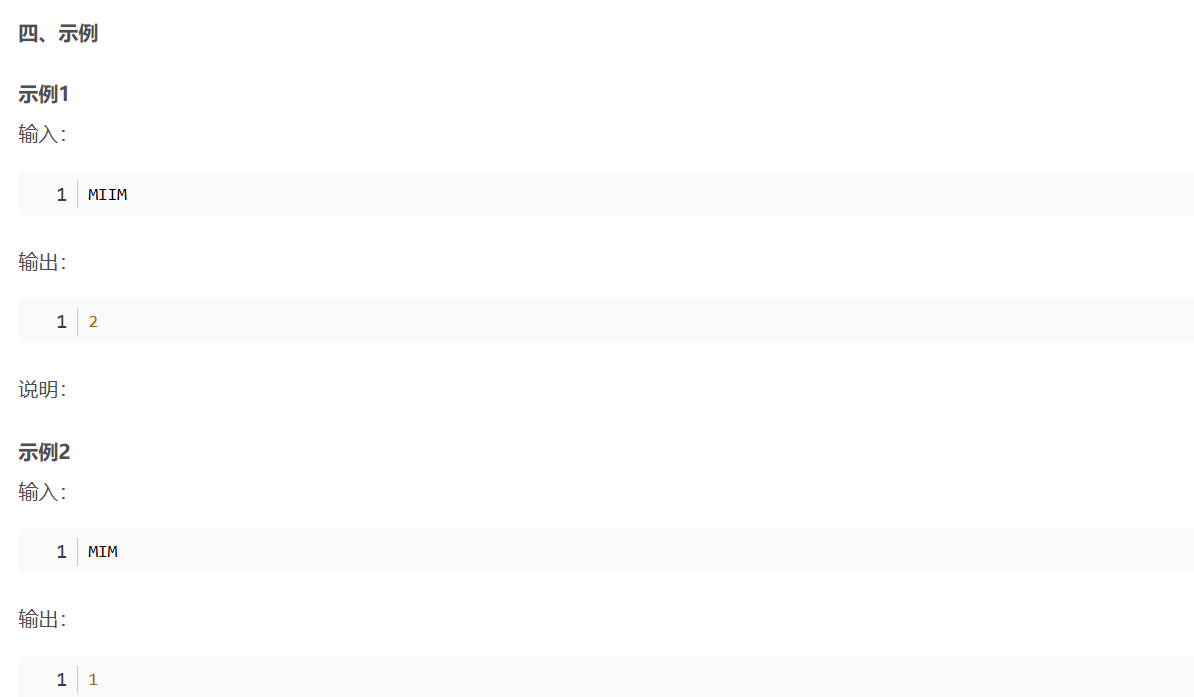
华为OD机考-机房布局
import java.util.*;public class DemoTest5 {public static void main(String[] args) {Scanner in new Scanner(System.in);// 注意 hasNext 和 hasNextLine 的区别while (in.hasNextLine()) { // 注意 while 处理多个 caseSystem.out.println(solve(in.nextLine()));}}priv…...

在鸿蒙HarmonyOS 5中使用DevEco Studio实现指南针功能
指南针功能是许多位置服务应用的基础功能之一。下面我将详细介绍如何在HarmonyOS 5中使用DevEco Studio实现指南针功能。 1. 开发环境准备 确保已安装DevEco Studio 3.1或更高版本确保项目使用的是HarmonyOS 5.0 SDK在项目的module.json5中配置必要的权限 2. 权限配置 在mo…...
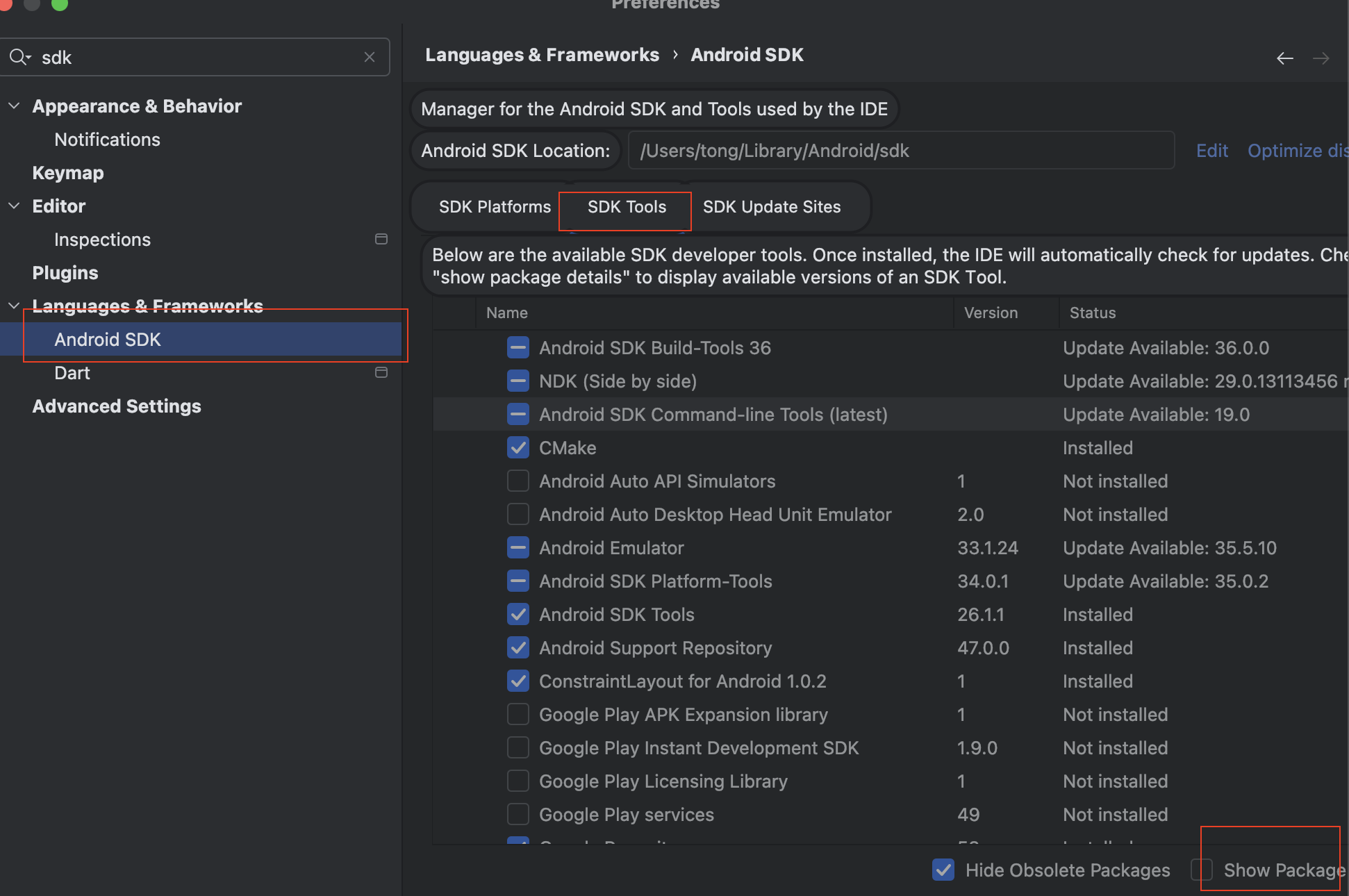
Mac flutter环境搭建
一、下载flutter sdk 制作 Android 应用 | Flutter 中文文档 - Flutter 中文开发者网站 - Flutter 1、查看mac电脑处理器选择sdk 2、解压 unzip ~/Downloads/flutter_macos_arm64_3.32.2-stable.zip \ -d ~/development/ 3、添加环境变量 命令行打开配置环境变量文件 ope…...
